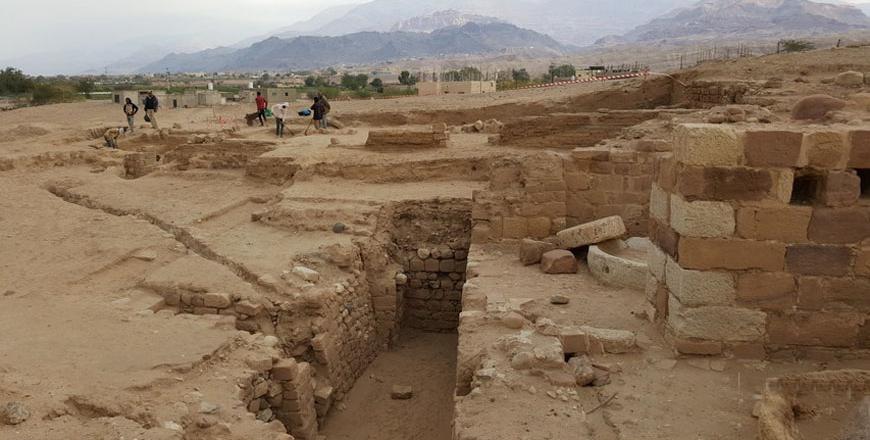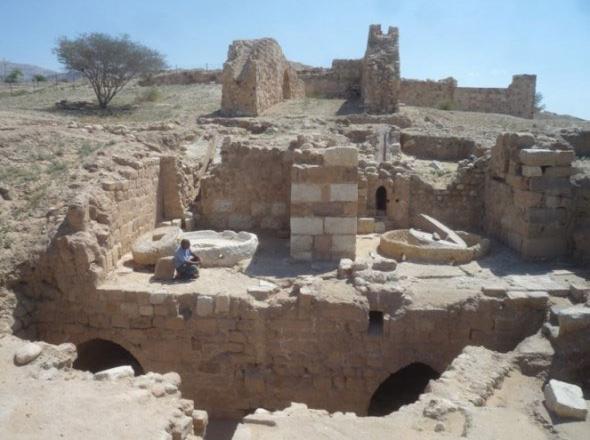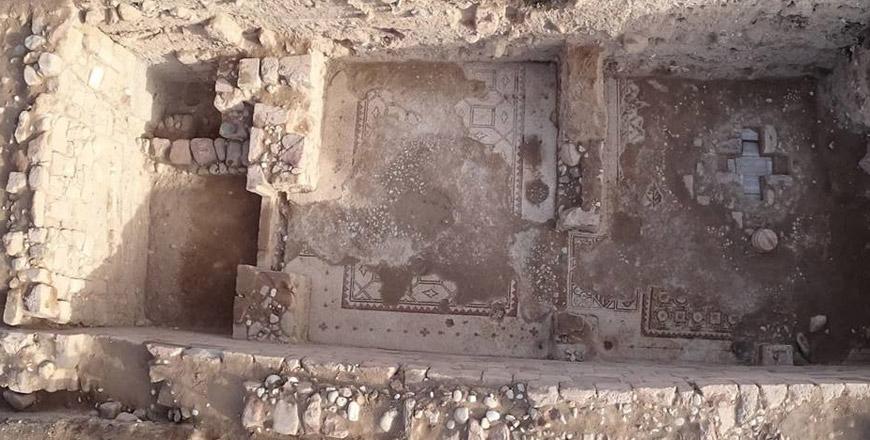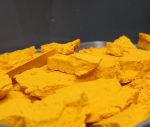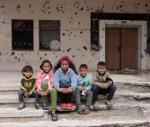You are here
Museum showcases artifacts, handicrafts from Ghor Safi heritage
By Saeb Rawashdeh - Jun 15,2020 - Last updated at Jun 15,2020
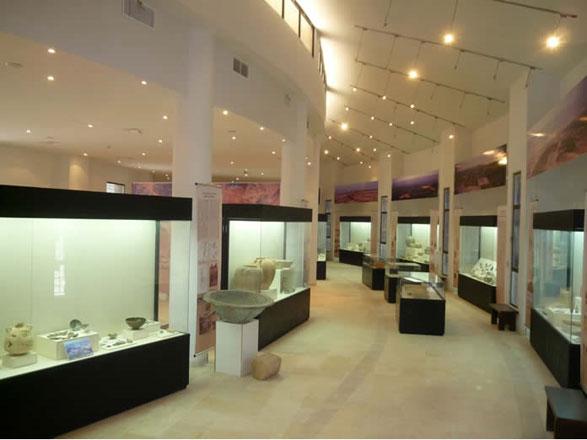
A view of one of the exhibit halls at the Museum at the Lowest Place on Earth located in Ghor Safi, some 112km southwest of Amman (Photo courtesy of the Museum at the Lowest Place on Earth)
AMMAN — The Museum at the Lowest Place on Earth, with a collection of artefacts from the Neolithic period, the Bronze Age, the Greco-Roman period, the Byzantine period and the Islamic period, offers a venue to exhibit local culture “to the whole world”, as tourists travelling between Amman and Aqaba visit the site, according to the museum’s designers.
The museum, situated in ancient Zoara (Ghor Safi), a well-known historical southern Levantine site, located some 112km southwest of Amman, supports local projects related to cultural heritage, said Greek scholar Georgios Papaioannou in a recent e-mail interview with The Jordan Times.
The museum officially opened on May 18, 2012, and features a shell-shaped design developed by the Hellenic Society for Near Eastern Studies, said Papaioannou, who was commissioned by the Jordanian government through the Ministry of Tourism and Antiquities alongside fellow Greek scholar Konstantinos Politis to work on the design.
“We used the idea of people who had gone through the area of Ghor Safi to describe the history of the settlement and its occupation,” Politis said in a recent e-mail interview with The Jordan Times, noting that the site was mentioned in both the Bible and the Koran, as well as in the works of 12th century Arab geographer Idris.
Early Christian communities (4th-5th centuries AD) that lived in Zoara had an idea about previous cultures that occupied the area, Politis said.
The museum draws in Christian pilgrims who are visiting Lot’s cave, which is situated in the immediate vicinity of the museum.
Politis added that 5,000-year old pottery from the Bronze Age was discovered under the rooms where Lot was believed to have lived with his family, and placed in the museum.
The museum also features a conservation laboratory where teams of scholars are involved in the research of artefacts and restoration of mosaics, while a mummy takes up one of the display cases, Papaioannou said.
Young Greek archaeologists and historians work in Ghor Safi as the museum also has rooms for scholarly teams, he added.
“The museum displays the past, but the idea is to have the museum for the present and the future,” Papaioannou said.
He noted that the museum salvages artefacts, initiates tourism and school visits, interfaith dialogues, while offering jobs for locals and hosting a café as a social hub, in addition to a space for local handicrafts.
Papaioannou added that the project is being implemented as part of the USAID SCHEP.
Related Articles
AMMAN — With the support of Ambassador of the Hashemite Kingdom of Jordan to Greece Ahed Sweidat, an International Colloquium on the ancient
AMMAN — “Tomb looting became endemic in the 1970s and 1980s in the area of Ghor Safi, and my role has been to preserve and document as much
AMMAN — Modern Ghor Safi, located at the southeastern end of the Dead Sea near the lowest point on earth, has been populated for over 12,000


